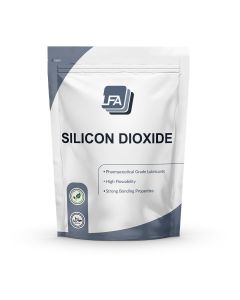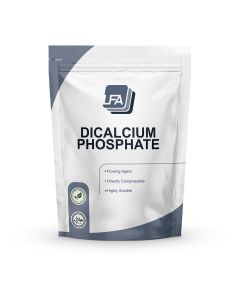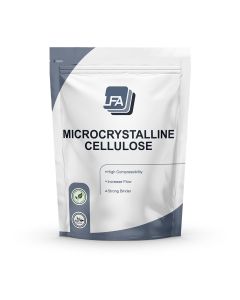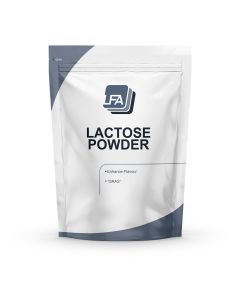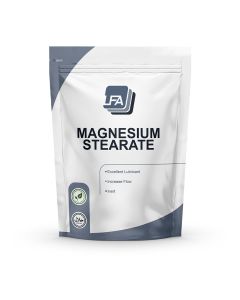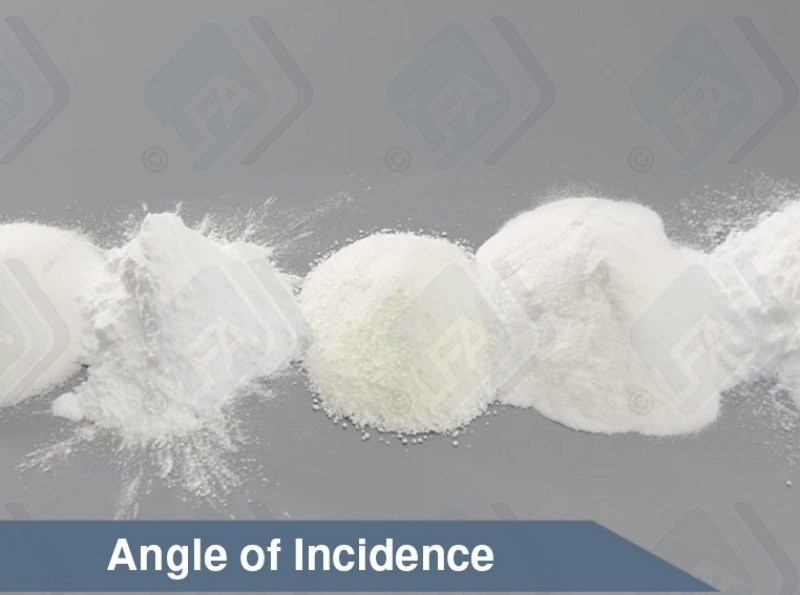Making a Tablet Pill Mix - Making a Test Mix
Making a test Mix
Hello and welcome to LFA’s video on making a test tablet mix. This is where we’re going to work out how our tablet mix is going to work in our machine and we’d do this in a handheld press, a single station press and a rotary press.
However, it’s important to note that a mix made for a single station press may not work in a rotary tablet press and the same is likely for a handheld press so you’d need to re-make this mix for each different type of press.
First, let's talk about what makes a good mix:
- Flows well, it’s important your mix flows well through your machine. First to stop it sticking to your tooling as this will cause broken tablets and also parts of the tablets will get stuck in your tooling while ejected.
Second is so it doesn’t bridge or rat hole in the hopper which will cause inconsistent tablet weights.
- Equally as important is compression. Your mix needs to compress and bind so that it not too fragile and falls apart on contact. This can happen when the tablet is ejected from the press.
- Isn’t overly abrasive, if your tablet mix is too abrasive it will quickly damage your machines tooling which can be expensive to replace.
- Is consistent, your mix is consistent ensuring you get an equal amount of each ingredient into each tablet.
Today we’re going to be using caffeine powder as our active, we’re going to make a simple 100g mix, we always suggest using precise scales where possible to provide accurate weights.
First, we’re going to add 50 grams of our active ingredient, caffeine powder.
Next, we’re going to add 48 grams of di-calcium phosphate which will help it flow.
Followed by, 1 gram of magnesium stearate. We suggest only going a few percentage points of magnesium stearate. If you find your tablets are capping, you may want to remove some stearate from your mix.
Lastly, 1 gram of silicon dioxide.
We’d now add this to our mixer.
Now we need to test it in our press.
Because we made a 100-gram mix with the ratio of:
Caffeine: 50
Excipients: 50
Today day we are going to make a tablet with 200mg of active ingredients in. Because we made a mix with the ratio of 50% active and 50% excipients this means that we are going to have to tune our press to 400mg total tablet weight.
To help work out the ratio we have created a tool called the mix calculator which is an extremely helpful tool to help you with your tablet mix. You can find a video on how to use the mix calculator in our video section or in the description below.
Before you can tune the press to 400mg you will need to make sure that you have the right size die. To calculate this we use a method called bulk density. Again you can find a video in our video section or in the description below.
Once you know you have the right size tooling in the press start by running the press and making a tablet. There are videos on how to tune each press linked to in the description of this video.
If the tablet is too soft then you may first need to try increasing the punch pressure and then turning the machine over by hand, if that doesn’t work you may need to add more binders. If this is the case recalculate the new ratio and do a new test mix and press again.
How to test a mix is good
Look at how it moves through the machine
Are the tablets coming out solid?
Is the tablet ejecting smoothly
Is the machine making unusual noises when ejecting?
Mix validation, while not always necessary some people like to go through the process of mix validation which will ensure you’re getting the correct amount of active per sample, please see our video in our videos section or in the description below.
What to do when a mix is not working
Your mix may not work the first time for one of the following reasons.
Too soft - Add more binders, increase the ratio of excipients.
Does not flow - Increase the Di Cal and the Magnesium Stearate but not too much to prevent tooling wear and capping. If it still does not flow then you will need to consider granulation for your product.
Powder sticks to tooling - Add more Magnesium Stearate and Silicon Dioxide again not too much as it can cause capping.
Machine makes a cracking sound when ejecting the tablet - excessive ejection forces. Increase Magnesium Sterate and Silicon Dioxide again not to much as it can cause capping. If this does not work then consider coating your tooling.

